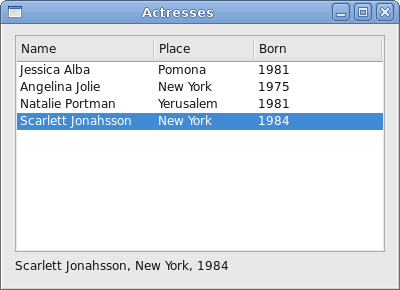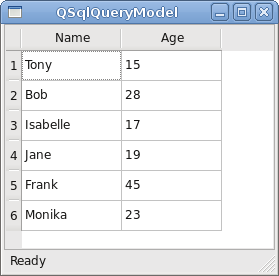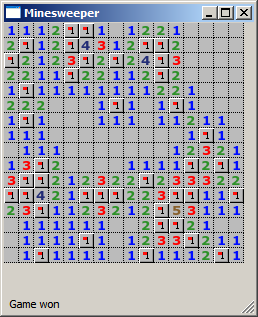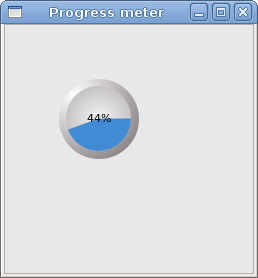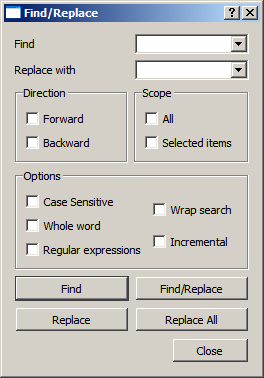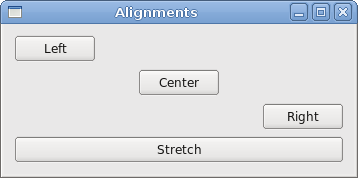Advanced PyQt4 tutorial
The e-book has 294 pages. It has 84 code examples. Many of the examples are unique; reader will not find them anywhere else. It is an ideal material for those who already know some basics of PyQt4 library. Carefully chosen examples always focus on one important aspect. Unless it is a more complex example. The book is written in plain English.
The code examples were tested on Linux and Windows, Python 2.7 and PyQt4 4.10.3 on Windows 7 and Python 2.7.3 and PyQt4 4.9.3 on Debian Linux. After purchasing the e-book, you will obtain a ZIP file. With the PDF file, you will also obtain all code examples.
If something goes wrong with the payment process, drop me an email at vronskij(at)gmail.com.
Price
The e-book costs 15 €.
About this tutorial
This is Advanced PyQt4 e-book. This e-book is a tutorial which covers several interesting parts of the library.
This e-book covers the following:
- Graphics
- The Graphics View Framework
- Layout management
- Custom widgets
- Model & View widgets
- QtSql module
- Networking
- Games
The first chapter presents 12 more advanced examples for low level
graphics with the QPainter. We will create a
gray scale image, do some effects with transparency. Reflection, clipping,
and hit test examples are among other code examples.
You will not find many examples covering the Graphics View Framework on the Internet. Or in any other material. I had only 2 working examples, when I began studying the framework. This chapter has 11 code examples, ranging from a simple starting example to a skeleton of a computer game. Here you will learn about transformations, selections, item animations, zooming, collision detection or grouping of items.
Layout management is considered to be one of the most difficult areas of GUI programming. Writers usually only skim the topic, covering the very basics of it. Based on my experience while writing a complete e-book dedicated to layout management, this chapter was a piece of cake. Once you know the principles behind the process, you can utilize them in other GUI toolkits too. With almost 40 pages and 17 examples, you will learn everything important about layout management.
In the third chapter, we will show how to create three custom widgets: a Led widget, a CPU widget and a Thermometer widget.
In the Model & View widgets part, we will cover important Model/View
widgets. You will learn how to work with QTableView, QTreeView
and QListView. This is another area on which you will find very little information
elsewhere.
In the QtSql module chapter, we will cover the basics of the QtSql which is used for database programming.
Network programming is covered in the networking chapter. The examples show how to download an icon from a web page, connect to an FTP server, create a simple web server or determine weather conditions.
One of the best ways to learn programming is to create computer games. As a bonus, you will have three simple 2D games: Nibbles, Sokoban, and Minesweeper.
Screenshots
Here you can see some of the screenshots from the e-book.
